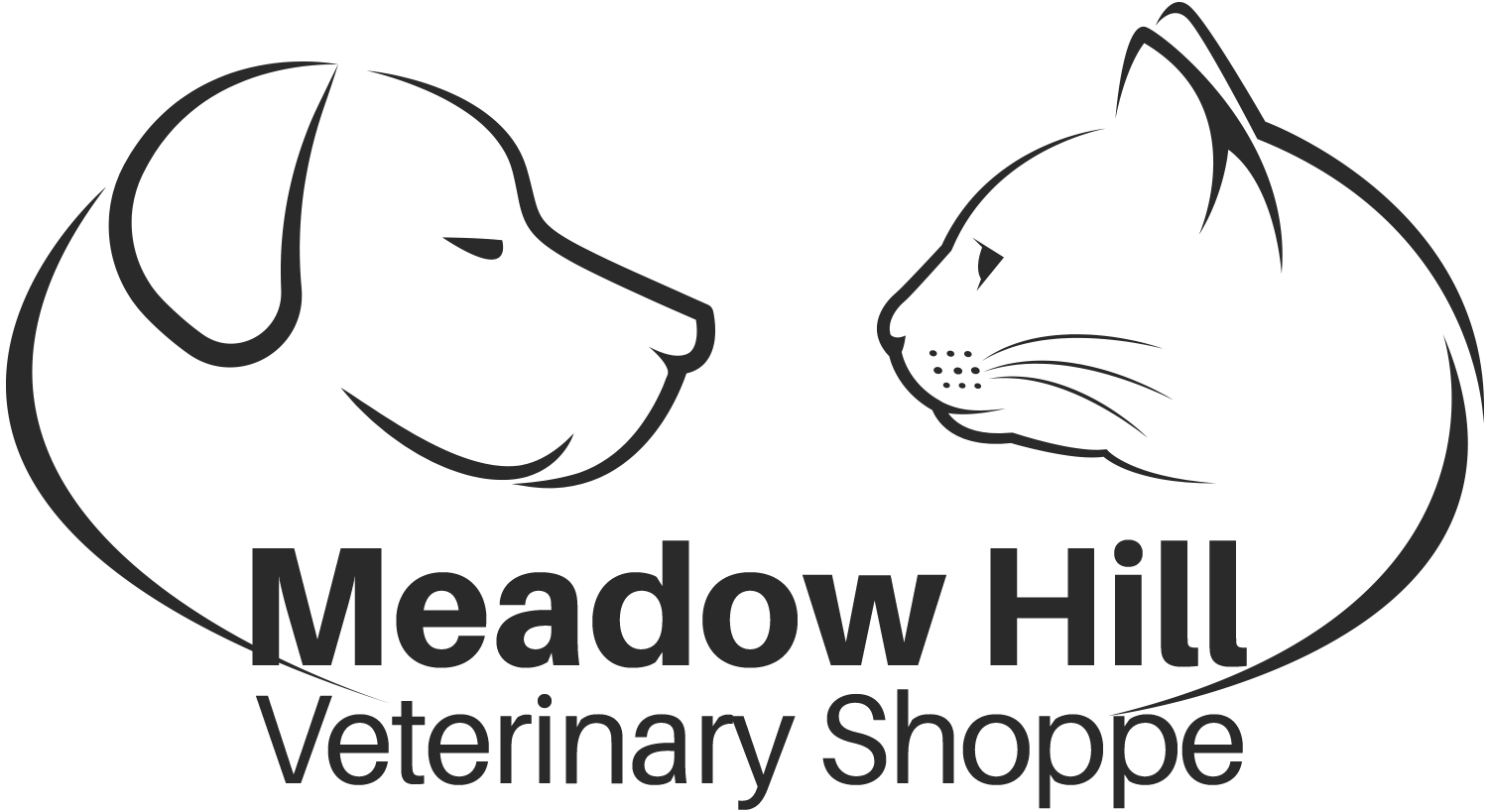Library
-
During the spring and summer, it is not unusual to encounter a wild baby bird on the ground. Often, people respond by taking the little "orphan" home before they figure out what to do with it. This handout provides important information should you encounter a wild baby bird.
-
The purpose of clipping a bird's wings is not to prevent flight completely, but to ensure the bird is unable to achieve or sustain upward flight, preventing escape, unwanted roaming, and exposure to dangerous situations. Typically, the primary feathers are trimmed about halfway between the base and the tip of the feather. The secondary feathers should not be clipped, and no feathers should be clipped shorter than midway from base to tip. Newly growing pin or blood feathers (that retain blood in the shaft until the feather matures) will bleed quite profusely if accidentally cut.
-
The Wire Fox Terrier could be the canine incarnation of an anti-depressant. This merry little chap lives to play and likes nothing better than to make some mischief. And while he is on the smallish side, he has got the courage and tenacity of dogs twice his size.
-
Wirehaired Pointing Griffons demonstrate love and loyalty to family, making the breed a good companion for active owners. Although calm in the house when given plenty of exercise, the breed has a sense of humor and might drag underwear through the house just as the minister comes calling.
-
Wobbly Hedgehog Syndrome (WHS) is a progressive degenerative neurological disease of African and European hedgehogs. The disease causes muscle atrophy and weakness that eventually progresses to partial or full paralysis of the limbs and torso. The clinical signs, diagnostic testing, and supportive care management of WHS are explained in this handout.
-
As a hairless type, these dogs are good for some allergy sufferers – but meet the dog and find out for sure before you commit. They bond so strongly that they can't be rehomed easily, so you need to be in it for the long-haul.
-
Xylitol is a naturally occurring substance that is widely used as a sugar substitute. Chemically, it is a sugar alcohol, and found naturally in berries, plums, corn, oats, mushrooms, lettuce, trees, and some other fruits. Xylitol is extremely toxic to dogs. Even small amounts of xylitol can cause hypoglycemia (low blood sugar), seizures, liver failure, or even death in dogs.
-
Yeast dermatitis or Malassezia dermatitis is an extremely common skin disease in dogs. Clinical signs include itchiness, redness, scaly or crusty skin, and foul odor. Diagnosis and underlying conditions are discussed. Treatment involves resolving the underlying disorder and using topical and/or oral medications to treat the yeast.
-
The beautiful, feisty Yorkie acts more like a tough terrier than a delicate toy breed. Despite the luxurious, shiny coat, the Yorkie has a working-class attitude, a fondness for chasing small animals, a big-dog bark, and super-sized self-confidence.
-
Pets and people need some zinc in their diets. However, too much zinc can cause serious health problems. The amount of zinc required to cause poisoning depends upon the pet’s size, the form of zinc ingested, and how much was ingested. Some forms of zinc are more readily absorbed than others.

